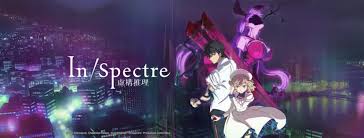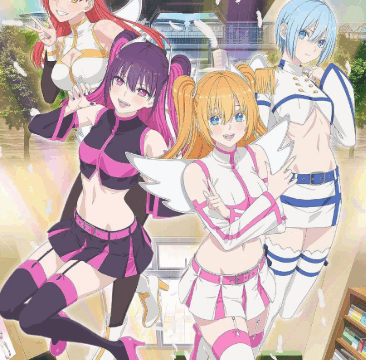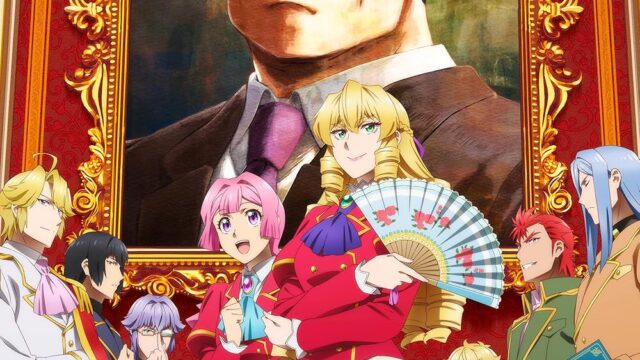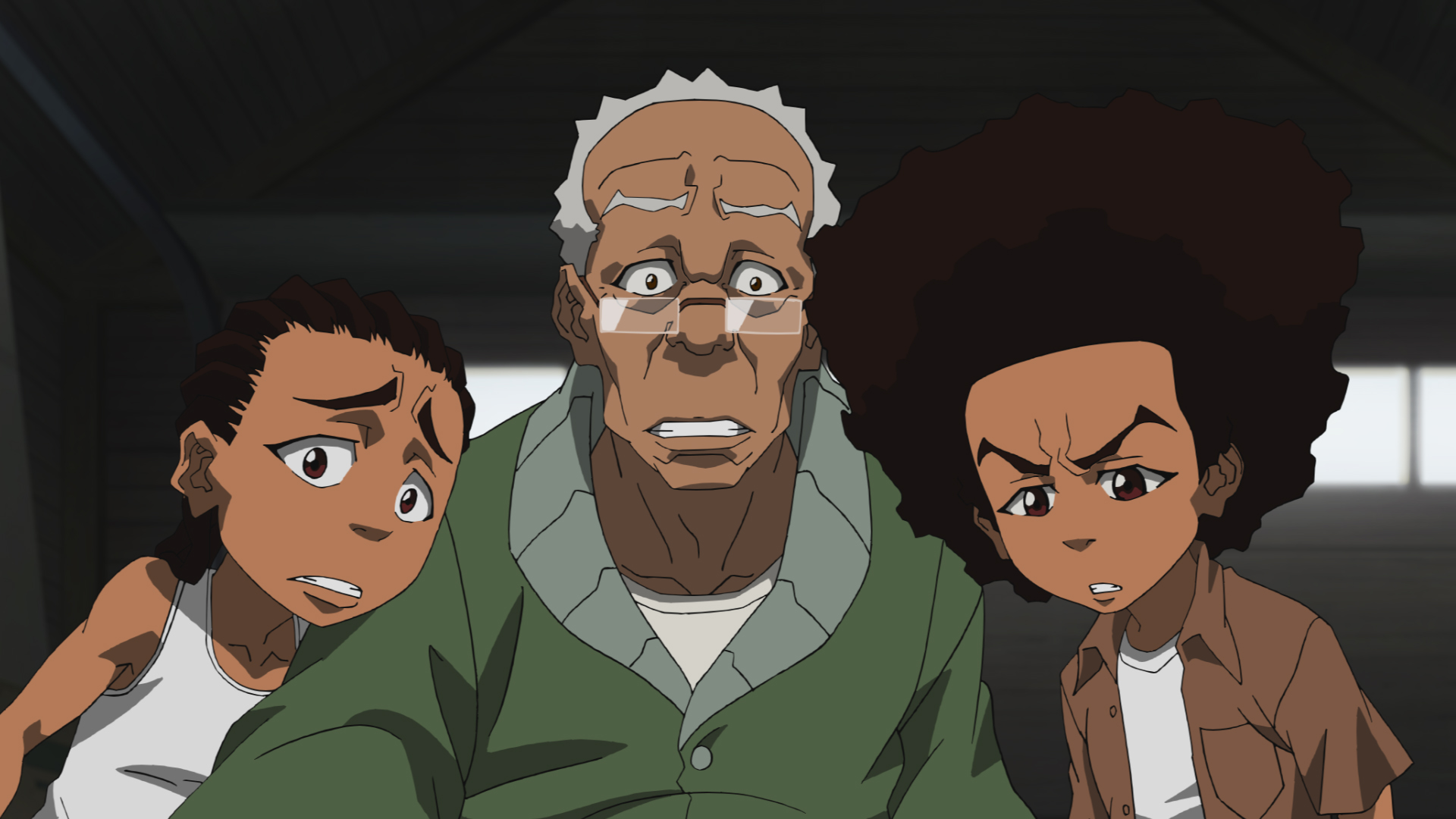English Dub Season Review: In/Spectre Season Two
Based on the Japanese novel written by Kyo Shirodaira and published by Kodansha, the second season of In/Spectre continues the supernatural adventures of Kotoko Iwanaga (Lizzie Freeman) and Kuro Sakuragawa (Brandon Winckler). Kotoko is a young university student with one eye and one leg tasked as the Goddess of Wisdom to maintain the peace between humans and yokai. Kuro is a young man with instantaneous healing abilities after eating two yokai, one being mermaid flesh. He’s also Kotoko’s boyfriend, whether he likes it or not. Season two sees the duo tackling more mysterious cases to maintain peace between humanity and yokai, including tracking Kuro’s cousin Rikka (Cristina Vee), who possesses similar abilities as Kuro.
In/Spectre is a peculiar yokai series that combines the familiar supernatural elements with the detective aspect, with a dash of romance. It’s also another show that didn’t catch my attention until recently when I binge-watched the first season in preparation for season two. I had no idea what to expect from this series aside from the fact it had plenty of yokai involved, similar to Natsume’s Book of Friends. However, unlike that light-hearted supernatural series, In/Spectre provides a slightly dark tone with disturbing content and many expositions.
Season one of In/Spectre was an engagingly creepy and well-animated season that takes an interesting approach to the romance element amid its supernatural mysteries. However, it got bogged down by its overlong and convoluted exposition, mainly from the “Steel Lady Nanase” arc. While it had enough moments to get me invested in its sophomore season, the first season also made me hope that season two made some adjustments for the series to avoid its similar pitfalls. Fortunately, my hopes were seemingly answered after watching the first few episodes of season two.
The first season of In/Spectre featured three episodes involving Kotoko’s first encounter with Kuro and her reasoning behind a woman’s intent on dumping a dead body into the Giant Snake guardian’s lake. The series then spent the rest of the season with the characters confronting the Steel Lady Nanase caused by Rikka’s ability. While they weren’t without their diverting moments, the remaining episodes overstayed their welcome, showing that they would’ve defeated Nanase quickly if they hadn’t wasted time over-explaining things. However, season two course-corrected the show’s seasonal structure by adding more arcs than the first season.
Following its recap episode, “That God’s Name Is”, season two provides several small arcs involving Kotoko and Kuro deciphering and solving mysteries relating to the supernatural. Those include proving the innocence of Muroi Masayuki (Kaiji Tang), with the Yuki-Onna (Emi Lo) serving as his alibi. Additionally, the season consists of Kotoko and Kuro searching for Rikka, taming Pinocchio with electric powers, and assisting the hotel chain president in proving his involvement in his wife’s murder. This strategy helps the series provide variety into the sophomore season without spending more than five episodes attempting to solve one case. While it still has the expositions that are a bit abundant and convoluted, the arcs are more contained to the point where they’re more intriguing than boring.
Because of this, season two is a solid improvement over the first season, which retains the same elements that made the series engaging. One of those elements is the characters, particularly Kotoko and Kuro. The two characters’ dynamic is part of the show’s romance aspect amid its mystery and supernatural horror vibes, but that doesn’t make it a straight-up romance series. Their relationship only blossomed due to Kotoko proclaiming Kuro as her boyfriend. Kuro doesn’t see Kotoko affectionately as she does toward the immortal young man. However, the second season showcases him growing gradually fond of working with Kotoko, but he still dislikes the idea of being Kotoko’s boyfriend.
Kotoko seems like the character who’s overly affectionate toward Kuro, which she is, but it’s not the only trait defining her. She’s also a wise and often stubborn “goddess” who uses her yokai knowledge and theories to solve multiple mysteries involving the supernatural. She occasionally talks about her affection for Kuro, but it’s only played for comedy instead of annoyance. It’s part of what makes this chemistry engaging, along with decent vocal performances from Lizzie Freeman (Kotoko) and Brandon Winckler (Kuro). They periodically act like a couple, but they’re actually work partners solving yokai-related cases.
The supporting characters, like Muroi Masayuki and Tae, are also why season two differs from the previous one. While it maintains its focus on the main characters, season two gives its new victims to the supernatural a chance to shine as well. It’s a surprising change that could’ve risked the series being unfocused and pointless. Fortunately, that isn’t the case. Instead, it develops the side characters further while providing build-up for the situations they’ll encounter. The best examples are Muroi and the Yuki-Onna in the season’s second episode, “The Yuki-Onna’s Dilemma”, which focuses on their relationship before being drawn into a murder case. The chemistry between these two unlikely friends may not deliver the same impact as Kotoko and Kuro, but Muroi’s depressing arc has enough strong moments to distract me from the crime-solving duo’s absence.
Another element I liked was the animation. It is produced by Brain’s Base, the same animation company behind several shows like Natsume’s Book of Friends. While that series’s animation portrayed a more tranquil and bright representation of the supernatural genre, In/Spectre does the opposite. The show’s presentation uses a bleak and mysterious approach to depict its disturbing imagery or mild depictions of violence. But, of course, it’s not without a few vivid sequences that kept the show from looking too depressing. Like season one, the second season benefited well from its solid animation, which is enough to keep me invested in the mysteries and dialogue-heavy sequences.
Overall, the sophomore season of In/Spectre gathers enough clues to solve the mystery behind its flawed first season. There were still a few cracks left in the previous season that may turn off some viewers, including its convoluted elements and abundance of dialogue over action. However, they’re not enough to exorcise the second season, which allowed the series to find its footing with its contained story arcs and pacing. Along with some decent supporting characters and suitable animation, In/Spectre is still a compelling and ghostly depiction of the horror mystery aspect I didn’t expect to like until I watched it myself. We haven’t heard much about a third season yet, but regarding my enjoyment of these spooky mysteries, I won’t be surprised if it gets announced sooner or later.

























"There are also other characters that come and go (also owned by the Warner Bros. Discovery conglomerate media company)."
Huh. Is that just referring to other characters from the show itself, or is this implying that the new season is going to have cameos from other WBD IPs